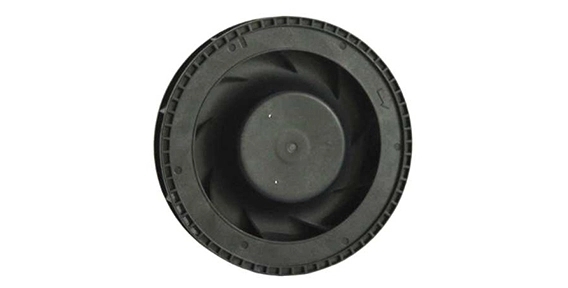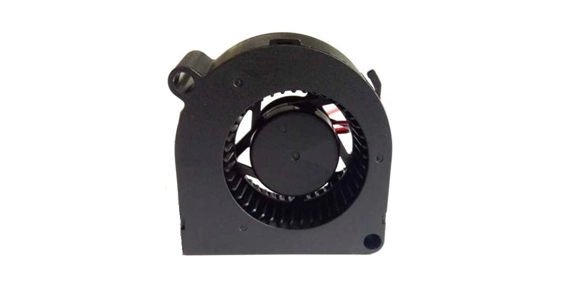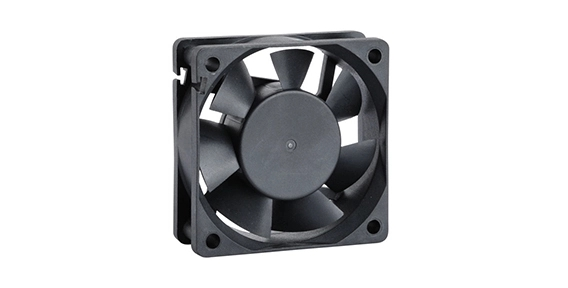Centrifugal blower fans play a crucial role in various industries by providing efficient airflow for ventilation, air conditioning, and industrial processes. As technology continues to evolve, so does the design and capabilities of centrifugal blower fans. In this article, we will explore the future of centrifugal blower fan technology and the exciting developments that lie ahead.
Exploring Cutting-Edge Components in the Future of Centrifugal Blower Fan Design
One of the primary areas of focus in the future of centrifugal blower fan design is the development of cutting-edge components. Manufacturers are continuously working towards enhancing fan performance while reducing energy consumption. This involves the use of advanced materials such as lightweight alloys and composites, which offer higher strength and durability.
Additionally, advancements in motor technology are enabling the creation of more efficient and powerful centrifugal blower fans. Brushless DC motors, for example, provide higher energy efficiency, reduced noise levels, and longer lifespan compared to traditional motors. These motors also allow for precise control over fan speed, resulting in improved airflow management.

Noise Reduction Technologies Forecasted for Future Centrifugal Blower Fans
Noise reduction is another key consideration in the future development of centrifugal blower fans. Excessive noise levels can be a significant concern in industrial settings, as well as in commercial and residential applications. To address this, manufacturers are actively researching and implementing innovative noise reduction technologies.
One approach involves the use of advanced sound insulation materials and designs. By incorporating sound-absorbing materials and improving fan housing and casing, the noise generated by axial cooling fan can be significantly reduced. Additionally, the integration of specialized noise-reducing components, such as vibration dampeners and sound baffles, further enhances noise reduction capabilities.

Green Initiatives and Eco-Friendly Developments in Future Centrifugal Blower Fan Solutions
With the increasing focus on sustainability and environmental responsibility, future centrifugal blower fan solutions are expected to incorporate green initiatives and eco-friendly developments. Manufacturers are constantly exploring ways to reduce energy consumption and minimize environmental impact.
Efficiency optimization is a key aspect in eco-friendly centrifugal blower fan design. This involves improving the aerodynamics of fan blades and optimizing the shape and curvature to maximize airflow while minimizing energy requirements. Additionally, the integration of intelligent control systems enables precise regulation of fan speed and airflow, resulting in further energy savings.
Furthermore, the use of energy-efficient motors and variable speed drives can significantly reduce the overall power consumption of centrifugal blower fans. These technologies allow the fans to operate at varying speeds based on demand, ensuring optimal energy usage.
In line with sustainability efforts, manufacturers are also exploring the use of recyclable materials in the construction of centrifugal blower fans. By utilizing eco-friendly materials, the environmental impact associated with the manufacture and disposal of these fans can be minimized.
The future of centrifugal blower fan technology is set to revolutionize various industries by introducing cutting-edge components, advanced noise reduction technologies, and eco-friendly developments. Manufacturers are actively investing in research and innovation to enhance fan performance, reduce noise levels, and improve energy efficiency. These advancements will not only improve the functionality and reliability of centrifugal blower fans but also contribute to a more sustainable and environmentally friendly future.

 EN
EN 

 +
+
 +
+
 +
+



